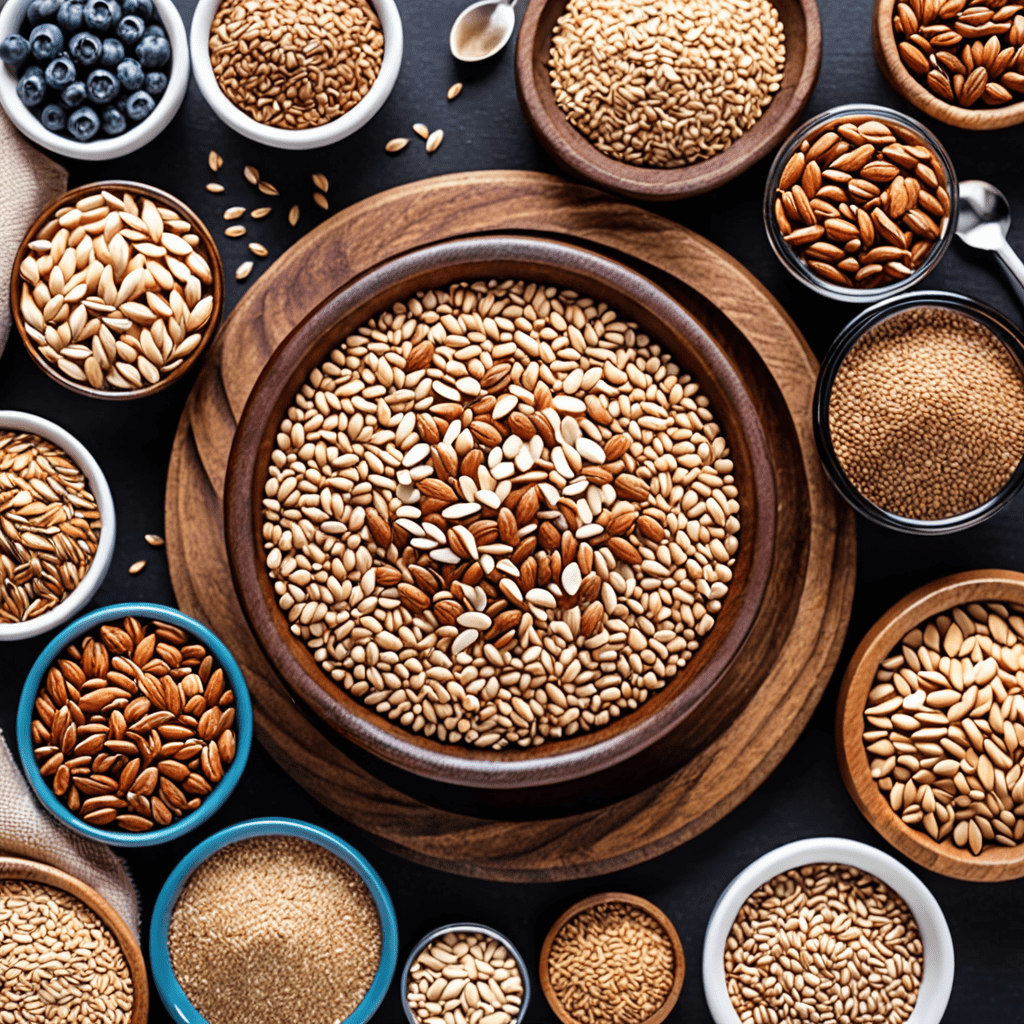
Cardiovascular Exercises for Enhanced Cardiovascular Strength
1. Introduction
Cardiovascular strength, often referred to as cardiovascular fitness or endurance, holds paramount importance for overall health and fitness. Essentially, it measures how efficiently your circulatory and respiratory systems deliver oxygen and nutrients to your tissues and remove waste products. By engaging in cardiovascular exercises, you can significantly enhance your cardiovascular strength, leading to numerous health benefits.
2. Types of Cardiovascular Exercises
Cardiovascular exercises encompass a wide range of activities that get your heart pumping faster. These exercises fall into two primary categories: aerobic and anaerobic. Aerobic exercises, such as brisk walking, swimming, and cycling, are characterized by continuous effort at moderate intensity over an extended duration. On the other hand, anaerobic exercises involve high-intensity bursts of activity for short periods, such as sprinting or high-intensity interval training (HIIT).
3. Benefits of Cardiovascular Exercises for Cardiac Strength
Regularly participating in cardiovascular exercises offers remarkable benefits for your heart health. Aerobic exercises, in particular, excel at increasing your heart rate and cardiac output, which help strengthen the heart muscle. This increased heart rate and cardiac output enable more blood to be pumped per beat, reducing the workload on your heart and lowering blood pressure.
4. Considerations for Choosing Exercises
When choosing cardiovascular exercises, several factors warrant consideration. Your fitness level significantly influences the type of exercises you can perform safely and effectively. Beginners may need to start with low-impact exercises such as walking or swimming before progressing to more vigorous activities like running or cycling. Additionally, time constraints and personal preferences should also be taken into account.
5. Exercise Intensity and Frequency
The intensity and frequency of cardiovascular exercises should be tailored to your individual fitness level and goals. Generally, moderate-intensity exercises performed most days of the week are sufficient for improving cardiovascular strength. However, if you aim for significant fitness gains, you may need to engage in more vigorous exercises or increase the frequency of your workouts.
6. Warm-up and Cool-down
Proper warm-up and cool-down are integral to effective and safe cardiovascular exercise. Warm-up exercises prepare the body for the upcoming physical exertion by gradually increasing heart rate and blood flow to the muscles. Dynamic stretches, such as arm circles, leg swings, and jogging, are excellent warm-up options. After completing your cardiovascular exercise, a cool-down period is crucial for allowing your heart rate and breathing to return to normal levels. Static stretches, such as holding each stretch for 10-15 seconds, promote flexibility and reduce muscle soreness.
7. Sample Cardiovascular Exercise Plan
Tailoring your cardiovascular exercise plan to your fitness level is essential. Beginners can start with 20-30 minutes of moderate-intensity exercise, such as brisk walking or cycling, three times per week. As fitness improves, gradually increase the duration and intensity of your workouts. Include a variety of exercises to target different muscle groups and improve overall cardiovascular health.
8. Monitoring and Tracking Progress
Monitoring your progress helps you stay motivated and make necessary adjustments. Keep a log of your workouts, including the duration, intensity, and how you felt during and after each session. Pay attention to signs of improvement, such as increased endurance, reduced resting heart rate, and improved recovery time. Regular check-ups with a healthcare professional can also provide valuable feedback on your cardiovascular health.
9. Nutrition and Hydration
Proper nutrition and hydration are vital for supporting cardiovascular exercises. Consume a balanced diet rich in fruits, vegetables, and whole grains to provide your body with the necessary energy and nutrients. Stay hydrated by drinking plenty of water before, during, and after workouts. Sports drinks can be beneficial for replenishing electrolytes lost through sweat.
10. Conclusion
Incorporating cardiovascular exercises into your fitness routine is crucial for maintaining a healthy heart and body. By engaging in regular aerobic and anaerobic activities, you can strengthen your cardiovascular system, improve your overall health and fitness, and reduce the risk of chronic diseases. Remember to listen to your body, consult with a healthcare professional if needed, and enjoy the journey towards better cardiovascular health.
FAQ (Frequently Asked Questions)
Q: How often should I do cardiovascular exercises?
A: Aim for at least 150 minutes of moderate-intensity cardiovascular exercise or 75 minutes of vigorous-intensity cardiovascular exercise per week.
Q: What is the best type of cardiovascular exercise?
A: The best type of cardiovascular exercise is the one you enjoy and can stick to consistently.
Q: Can I do cardiovascular exercises if I have high blood pressure or heart disease?
A: Consult with your healthcare professional before starting any cardiovascular exercise program if you have any underlying health conditions.

